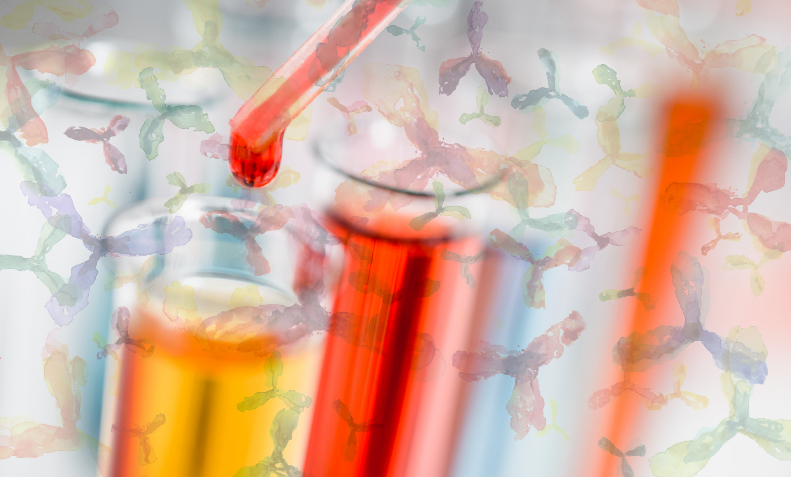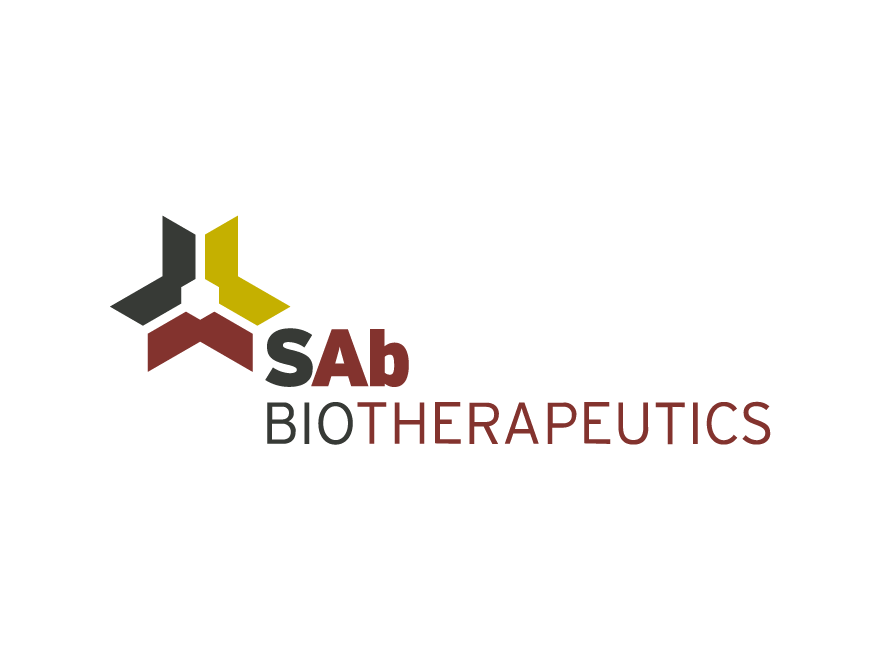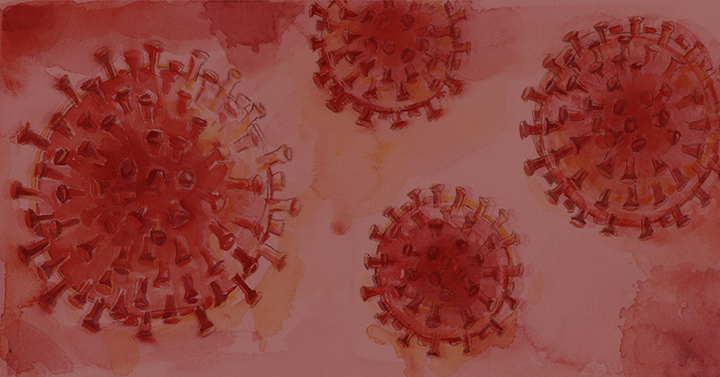Published 11:00 p.m. CT Sept. 16, 2014 | Updated 10:19 a.m. CT Sept. 17, 2014
On a farm near Flandreau, miniature pigs are genetically engineered to have human diseases.
In a pasture near Canton, sheep with no genetic modifications are raised for medical testing.
Across the border in Iowa, cows in a stress-free environment are cloned and genetically engineered to produce human antibodies. Their job is to donate plasma a few times a month.
In labs throughout the Sioux Falls region, scientists are working to come up with the next great discoveries to cure diseases and help people live better lives.
Economically, that will add up to additional higher paying jobs, technical jobs, they say.
“We are developing a biotech industry in South Dakota to be able to produce a lot of different products that can be helpful for both biomedical purposes, as well as agriculture applications,” said Eddie Sullivan, president and CEO of SAB Biotherapeutics, a Sioux Falls company that uses cows to produce human antibodies.
“I think that you’ll see a significant, significant industry built in this area in the next five to 10 years, where we will be manufacturing products that will be sent all over the world,” he said.
The cluster of animal biotechnology has taken the state’s oldest industry – agriculture –and combined it with cutting-edge science for an industry that generates an estimated half-billion dollars in revenue annually. It’s the perfect market niche for an area that knows how to raise livestock, is willing to try new technologies, has had the backing of several governors, has a supportive business climate and is collaborative instead of competitive, those in the industry said.
This week, Sioux Falls hosts the national Livestock Biotechnology Summit, for the second time in the event’s five-year history.
“We are in a biotech friendly environment here. South Dakota led the world in adoption of biotech crops when they were first introduced in 1996,” said Kevin Kephart, vice president for research and economic development at South Dakota State University in Brookings. “That’s part of who we are.”
Jerry Pommer, who raises sheep for medical testing through his Canton-area business called Ovis, said there is a good environment in South Dakota for biotechnology, and there’s a promising future.
“Animals used for biomedical applications is really growing,” he said. “You’ve got a lot of things going on here that will hopefully grow this area.”
Launching the industry
The state’s animal biotechnology history goes back a couple of decades.
In the early 1990s, scientists at SDSU’s veterinarian biomedical science department set out to identify what was called mystery swine disease, which was harming Midwest pig herds. SDSU researchers, along with work from the University of Minnesota, succeeded in naming the disease Porcine Respiratory and Reproductive Syndrome virus, or PRRS.
“That put SDSU on the map,” Kephart said. Then, SDSU and others developed and patented a vaccine that has been licensed to animal pharmaceutical companies.
“That has been our single most successful technology transfer royalty to date,” he said. “The series of events was just monumental.”
SDSU has continued to develop inventions and intellectual property, and the university recently was designated an Innovation and Economic Prosperity University by the Association of Public and Land-grant Universities.
In addition to pig viruses, SDSU has worked in E. coli and bird flu research and has developed a procedure so that sows give birth to pigs that have not been exposed to any bacteria. The university also works with Sanford Health and Avera Health to further research with clinical trials at the hospitals, using their discoveries to work on human diseases.
Kephart said this area’s cluster of companies – after SDSU’s work, Hematech located here in 2002 – brings collaboration and allows research to go from academia to practical implementation.
More than 30 years ago in nearby Sioux Center, Iowa, Trans Ova Genetics was formed at a veterinarian practice to improve cattle herds through embryo collection and transfer. Since then, the company has started other companies and spun them off, and has served other companies in the industry, including Hematech.
“We added additional technology tools to our tool box – in vitro fertilization, sexing and cloning,” said Dr. David Faber, Trans Ova’s founding partner and president.
The example of collaboration extends to the medical field, too.
“There’s a lot of overlap, a lot of synergy that occurs,” Kephart said. “We can’t do clinical trials, but we can partner with industry.”
More than mice
At Sanford and Avera research facilities, having the ability to use animals in addition to research mice improves the chances that medical studies will be more successful.
That’s how Troy Arends, director of business development at Exemplar Genetics of Sioux Center explains it. The company started its work six years ago as the first in the field.
With research mice as models, 90 percent of the drugs that are created and brought to human clinical trials fail, he said. But with Yucatan miniature pigs such as those raised near Flandreau, the odds of success are higher because the pig is similar to the size of a human, he said. Researchers have more confidence that the trial will work.
“We wanted to provide a better model,” Arends said. “We’re not creating drugs, we’re not creating medical devices, we’re just creating pigs.”
Some of those pigs are intentionally developed to have human diseases such as cystic fibrosis, which researchers have had in pig models the longest. The company also genetically modifies pigs to have the disease commonly referred to as hardening of the arteries, so that scientists can work on treatments. Sanford researchers, for example go to the company’s research facility weekly.
The process to create a genetically engineered pig takes up to two years, and then researchers have to make sure the pigs show the physical characteristics of the disease.
“Our models are genetically engineered to have specific human traits that we can test drugs and therapies through,” Arends said.
Based on research work on the pigs, scientists have developed medical treatments, he said.
“We’re pretty excited with what we’ve got and what we’ve done,” Arends said. “The research community is taking notice. … They’re beginning to see the value in what we’re doing.”
David Pearce, vice president and chief operating officer for Sanford Research, has a background in rare neurological diseases and is working with pigs to find what causes Ataxia telangiectasia, a rare but progressive disease in children.
“We believe this pig model will change the understanding of the disease,” he said. “Understanding what causes the neurological deficits for the disease, that opens the doors for us to develop treatments.”
It can take a long time to transfer medical research from the lab bench to a patient’s bedside – on average 17 years, said Ryan Hansen, executive director of the Avera Research Institute, where the primary focus is cancer research and human genetics. Researchers also are focusing on vascular disease and using a collagen as a nonmetal stent.
“We know that there’s no animal that is like a human,” he said. Instead, research matches animals as closely as it can to human size and characteristics, such as the miniature pigs.
“Those (companies) are going to be very important locally,” Hansen said. Putting researchers within driving distance of the animals needed in testing provides a system that also builds relationships.
Collaboration counts
Several area companies work within the animal biotechnology industry so closely that they are interrelated, yet separate. Exemplar, for example, is partly owned by Trans Ova Genetics, which spun it off as its own company. Trans Ova also is involved with SAB Biotherapeutics, which also has a connection with Sanford, which acquired it when it was Hematech. Pommer also came from Hematech and started his own company, Ovis, which means “sheep.”
That collaboration is vital and will help grow the industry hub locally, those involved in the business said.
“It’s exciting, I think. South Dakota can use what we’re known for and not just for ag but for humans. It’s putting us on the map,” said Joni Johnson, executive director of South Dakota Biotech, a trade association that is helping bring this week’s summit to Sioux Falls. “It’s going to mean more companies coming to South Dakota. We have this fantastic business climate, so they’re excited for it anyway.”
Mark Walton, chief marketing officer for Recombinetics in St. Paul, said the livestock genetics company works with many South Dakota companies.
“We’ve got connections all over South Dakota. There’s a lot going on right there,” he said. “It’s a small community, and people are connected to each other.”
To further the work, the industry will need capital, he said. The collaboration will help.
“We’re all figuring out how to work together. We’re figuring out how to put alliances together,” he said. “At some point, there will be a major player or two or three that will see this evolving and will step in.”
He wants to see more startup companies and more success for investors to notice.
“And we need to do a good job talking about it,” Walton said.
The industry also seamlessly crosses state lines, with Sioux Center-based Exemplar and Trans Ova just 13 miles from the South Dakota border.
There, Trans Ova continues its first mission through its agriculture work with a goal of increasing protein production to feed a growing world. On the medical side, it supports biotechnoloy research and development to prevent and treat disease, such as its work with SAB Biotherapeutics.
Last month, Trans Ova was acquired by Maryland-based Intrexon.
“It’s very much a positive. Their (Intrexon’s) direction, their mission and ours are very well aligned,” Faber said. Over the next 35 years, the company must double its animal protein product.
“We feel we have a very important job to do. That is consist with the vision and direction that Intrexon would also share,” he said. “We are the same company. We’re Trans Ova LLC at the same location with the same people. We’ve added more technology and backing with Intrexon.”
Faber said the industry continues to rapidly advance and the local cluster of companies thrive with support in the area.
“There is far more in front of us in the next decade than was behind us in the last 30 years,” he said.
New ways to fight
In the meantime, companies such as SAB Biotherapeautics in Sioux Falls are attracting investors and receiving federal grant money, Sullivan said.
“We are continuing our work to build investment in our process and in our business.”
The company’s cows, which are cared for in Iowa with a full-time veterinarian on site, might be the key to future cures for infectious diseases, cancer, auto immune diseases or inflammation. The cows are born into the closed environment and remain there their entire lives, he said. They’re allowed outside because it helps build their immune system, and if they have the tiniest symptom, such as a runny nose, the vet immediately cares for them.
“They live a very normal life,” Sullivan said.
Despite all the biotechnology involved in working with these animals, the end result is a natural cure for big diseases, including viruses such as ebola, for which the company is working on antibodies, he said.
“One of the things that’s exciting is this technology is definitely moving us into places where we can respond to emerging issues,” he said.
“We have to have new ways to fight disease,” Sullivan said. “Bacteria have defense mechanisms. Our bodies, the way that we naturally respond to disease is to produce antibodies. We want to boost the natural way that our bodies fight.”
Livetock Biotech Summit
This week, scientists and others interested in biotechnology are in Sioux Falls for the 2014 BIO Livestock Biotech Summit, the second of three times the event has been held in South Dakota.
That speaks to the clout the state has in the industry.
“South Dakota kind of started the whole animal biotech sector,” said Caitlin Kennedy, manager for communications for the Biotechnology Industry Organization in Washington, D.C. The summit began Tuesday and continues through Thursday at the Sioux Falls Convention Center.
Two years ago, the summit was in Kansas, also a part of an important livestock research corridor between Manhattan, Kan., the Kansas City metro area and Columbia, Mo.
“That’s more an animal health corridor. We are an animal biotech corridor,” said Eddie Sullivan, president and CEO of SAB Biotherapeutics, a Sioux Falls company that uses cows to produce human antibodies.
South Dakota is not the only animal biotech hub in the nation, but because the Midwest is well-suited to raise and care for livestock, in addition to South Dakota’s strong business climate and friendly tax environment, the industry continues to thrive here, he said.
– Brenda Wade Schmidt, Argus Leader Media



